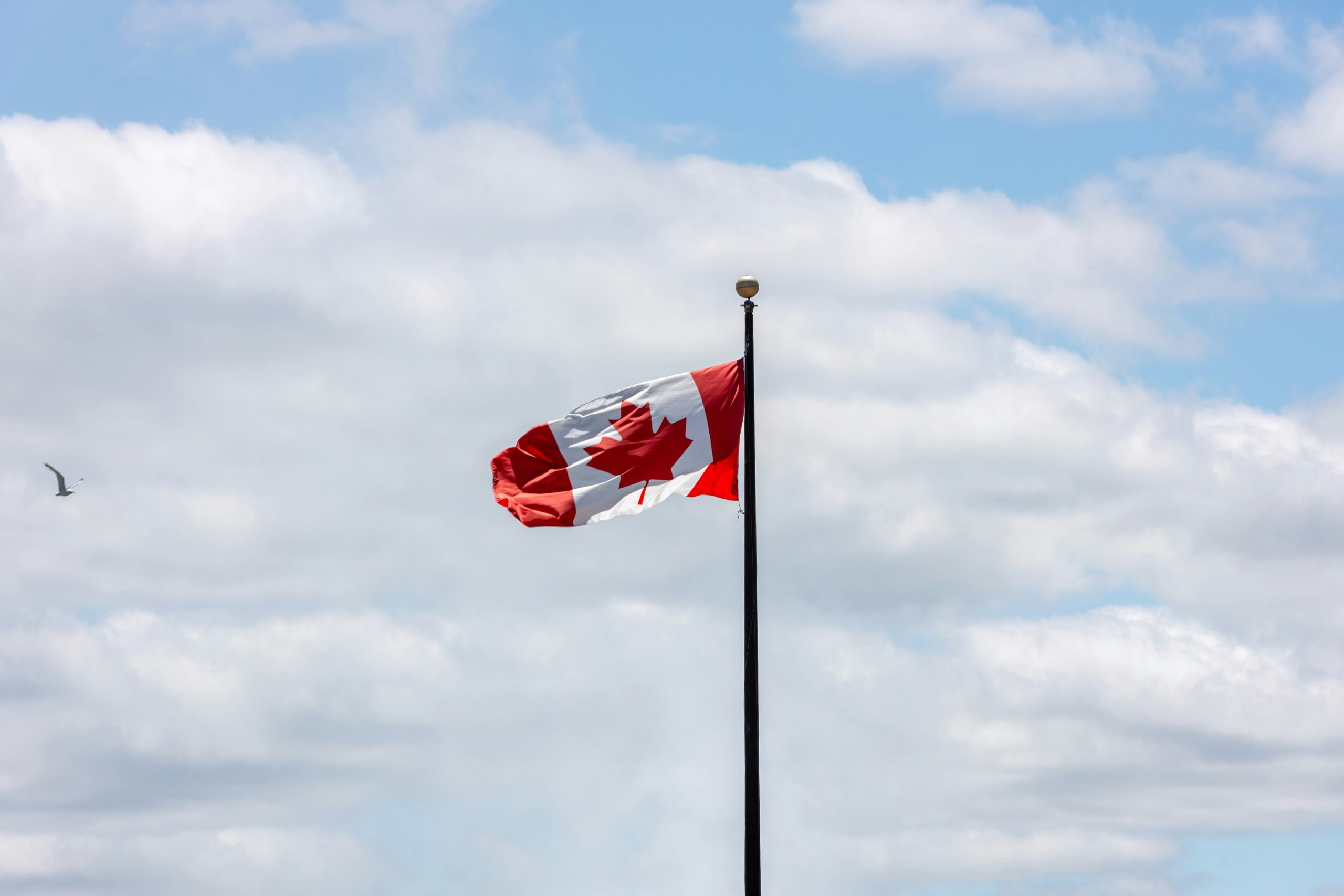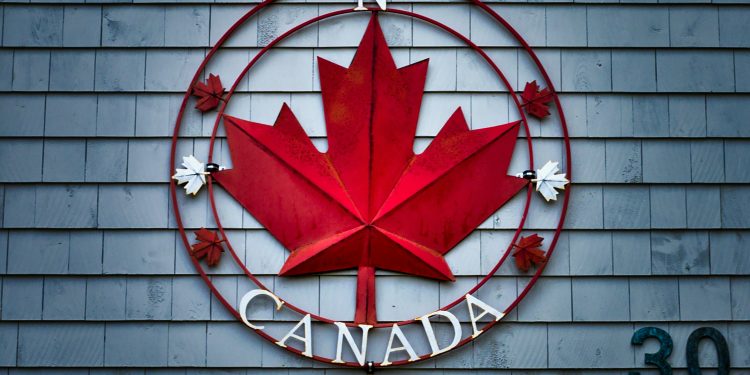The trade war between the United States and Canada just got louder. The U.S. imposes 35% tariff on Canada, targeting goods not covered under the U.S.-Mexico-Canada Agreement (USMCA). According to Canadian officials, the move came without warning and could push both economies into deeper strain if not quickly addressed.
Dominic LeBlanc, Canada’s cabinet minister in charge of U.S.-Canada trade, confirmed the development on CBS News’ Face the Nation, saying, “We believe there’s a way forward to reduce these tariffs. Talks between our Prime Minister and President Trump will likely happen over the next number of days.”
What Triggered This: U.S. Imposes 35% Tariff on Canada
The 35% tariff on Canadian goods follows growing economic disagreements between Washington and Ottawa. While the USMCA protects a wide range of products, this latest action from the U.S. government targets items outside the agreement—meaning industries already hit hard by inflation and global instability are about to feel even more pain.

By announcing that the U.S. imposes 35% tariff on Canada, Washington is sending a clear message: trade partners must renegotiate or pay up. But Canada isn’t taking it quietly.
Canadian Response as U.S. Imposes 35% Tariff on Canada
Canadian officials say the country will explore all diplomatic channels to de-escalate the situation. Prime Minister Mark Carney is expected to speak directly with President Donald Trump, who has so far not made a public statement about the tariff.
LeBlanc added that while Canada seeks resolution, the government will not hesitate to act in its national interest: “We’re reviewing all possible options, including reciprocal measures if dialogue doesn’t produce results.”
Economic Impact as U.S. Imposes 35% Tariff on Canada
Analysts say that if the U.S. imposes 35% tariff on Canada permanently, Canadian exporters could face losses running into billions of dollars. Sectors such as lumber, agricultural machinery, and non-energy minerals are expected to be the hardest hit.
The suddenness of the move has also rattled small and medium-sized Canadian businesses, many of which have no alternative markets ready to absorb redirected exports. Even U.S. companies that depend on Canadian parts and materials are bracing for cost increases.
U.S. Imposes 35% Tariff on Canada—What’s Next?
As it stands, the U.S. has imposed 35% tariff on Canada, and both sides are scrambling to respond. Whether it’s a negotiation tactic or the start of a prolonged trade standoff, the outcome will affect millions on both sides of the border.
Canada hopes diplomacy can calm the waters, but with Prime Minister Carney and President Trump yet to speak directly, the question remains: who blinks first?

















